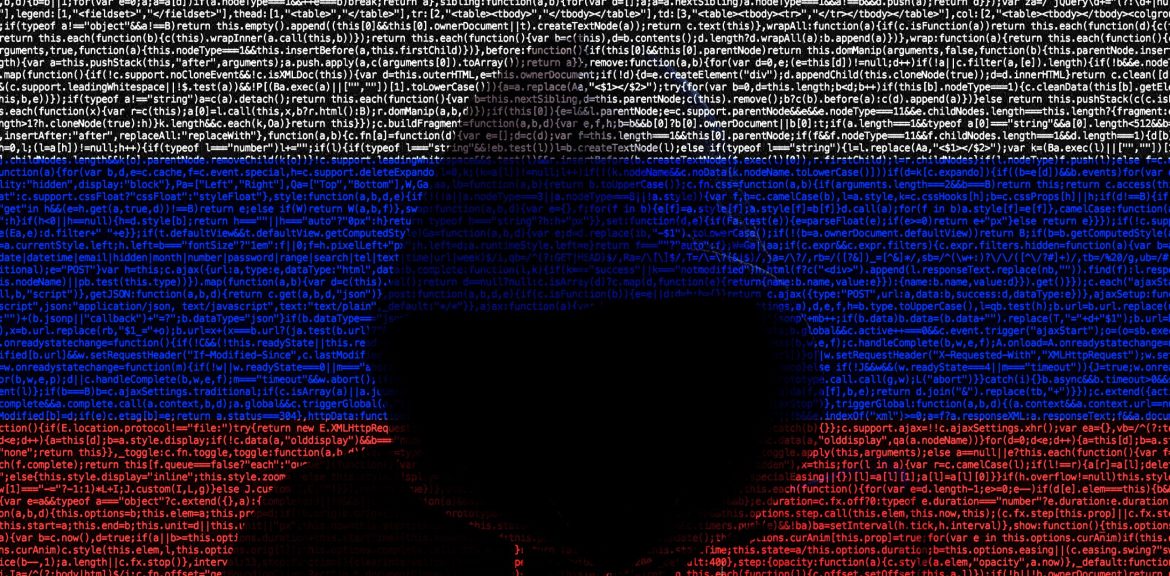In recent months, the Russian hackers responsible for the SolarWinds cyber espionage campaign have launched a series of new attacks, targeting several companies. Microsoft, one of the affected organizations, has started notifying other entities believed to have been targeted by the Russian hacking group, known as Midnight Blizzard. These recent incidents mark the return of a sophisticated and opportunistic group, raising concerns about the ongoing threat posed by these hackers.
The Return of Midnight Blizzard:
Midnight Blizzard, also known as APT29 or Cozy Bear, is the same group behind the notorious SolarWinds hack in 2020. They have also been linked to other high-profile cyberattacks, including the 2015 breach of the Democratic National Committee. This group is believed to be connected to Russias main intelligence agency.
Tactics and Targets:
One of Midnight Blizzard’s signature tactics is password spraying, wherein attackers attempt the same password across multiple accounts. This technique is just one of the ways they gain unauthorized access to sensitive information. The group primarily targets governments, diplomatic entities, NGOs, and IT service providers in the US and Europe. They also focus on compromising email accounts belonging to high-profile organizations or individuals.
The Recent Attacks:
Microsoft revealed that Midnight Blizzard breached their systems, exfiltrating information from executives’ email accounts. In addition to Microsoft, Hewlett Packard Enterprise (HPE) suspects a breach into their cloud-based email system last month. These incidents demonstrate the persistence of the Russian hacking group and their intent to target various organizations.
Exploiting Vulnerabilities:
Microsoft disclosed that Midnight Blizzard was able to access some of its employees’ inboxes by exploiting a testing environment lacking multifactor authentication. This shows a significant vulnerability that the group leveraged to their advantage. Furthermore, the hackers utilized proxy infrastructure to route their traffic through different IP addresses, making it challenging to trace their activities.
The Implications:
The ongoing attacks by Midnight Blizzard emphasize the importance of robust cybersecurity measures for organizations worldwide. It is crucial for companies to implement multifactor authentication and regularly update their security protocols to prevent unauthorized access. The sophistication exhibited by these hackers raises concerns about the potential impact of future attacks.
Unknown Targets:
As Microsoft continues to investigate the extent of the breaches and identify the affected organizations, it has yet to disclose how many entities were targeted or the nature of the companies involved. This lack of information further highlights the need for increased transparency and collaboration in addressing cyber threats.
Conclusion:
The return of Midnight Blizzard and their recent attacks on multiple companies, including Microsoft and Hewlett Packard Enterprise, serves as a stark reminder of the ongoing threats posed by sophisticated cybercriminals. Organizations must remain vigilant, continually updating their security measures to combat these evolving attacks. Collaboration between industry leaders, government agencies, and cybersecurity experts is crucial to mitigating the risks and protecting sensitive information from malicious actors.
